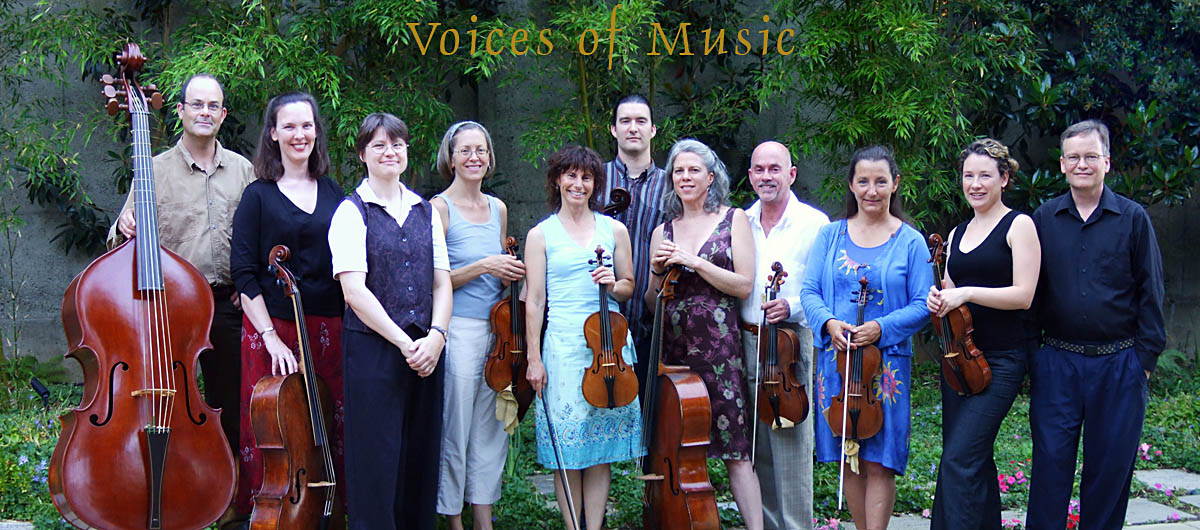
Pergolesi Stabat Mater

The Stabat Mater of Giovanni Battista Pergolesi. Live, high-definition video of the entire work in concert by the San Francisco Early Music Ensemble Voices of Music. Soloists: Dominique Labelle, soprano; Meg Bragle, mezzo-soprano.
In Italy in the early eighteenth century, people were mad about music--music at home, music in the streets, music in the theatres and concert halls, music in the villas and palaces--and the kind of music that was the most popular of all was baroque opera, which was the creative synthesis of art, poetry, dance, drama, music, and virtuosity of the highest level. Understandably, when composers were fulfilling their sacred obligation to provide music for the Church, they could not resist the elements of sprezzatura of the opera world, and thus we have nowadays a rich legacy of late
baroque motes, masses, hymns, vespers, magnificats and many more forms: works which tone down the language, but not the harmony or notes.
In his short life, Giovanni Pergolesi composed a wide variety of music in the major genres of the time. His primary compositions were also operas, especially the new Opera Buffa (comic opera). His highly influential mini-opera, La Serva Padrona (1733) was the subject of a fierce debate in France over the future of opera, and was one of the most popular operas of the mid-18th century. The Stabat Mater, written in 1736, may have been composed for members of the secular nobility, the Cavalieri della Vergine dei Dolori, that met in Naples and commissioned a setting of the Stabat Mater every year. A few years earlier, Alessandro Scarlatti set the same text for members of the same group. Pergolesi’s Stabat Mater was an immediate hit, and was copied, imitated, arranged and reprinted many times throughout Europe. When it was engraved in London in 1749, it quickly became the became the most frequently printed musical work in the 18th century.
The musicians and their instruments
Voices of Music performs on original instruments as part of the
Grand Experiment in Early Music performance: hear the music played on
instruments from the time of the composer.
Elizabeth Blumenstock, baroque violin by Andrea Guarneri, Cremona, 1660
(courtesy Philharmonia Baroque Orchestra Period Instrument Trust)
Lisa Grodin, baroque violin by Paulo Antonio Testore, Larga di Milano, Italy, 1736
baroque viola by Mathias Eberl, Salzburg, Austria, 1680
Katherine Kyme, baroque violin by Johann Gottlob Pfretzichner, Mittenwald, 1791
Maxine Nemerovski, baroque violin by Timothy Johnson, Indiana, 1999 (after Stradivarius)
Farley Pearce, violone by George Steppani, Manchester, 1985, after Amati, 1560
Sara Usher, baroque violin by Desiderio Quercetani, Parma, Italy, 2001
William Skeen, five string baroque cello, Anonymous, Italy, c1680
David Tayler, archlute by Andreas von Holst, Munich, 2011, after 18th c. originals
Hanneke van Proosdij, baroque organ by Winold van der Putten, Finsterwolde,
Netherlands, 2004, after early 18th-century northern German instruments